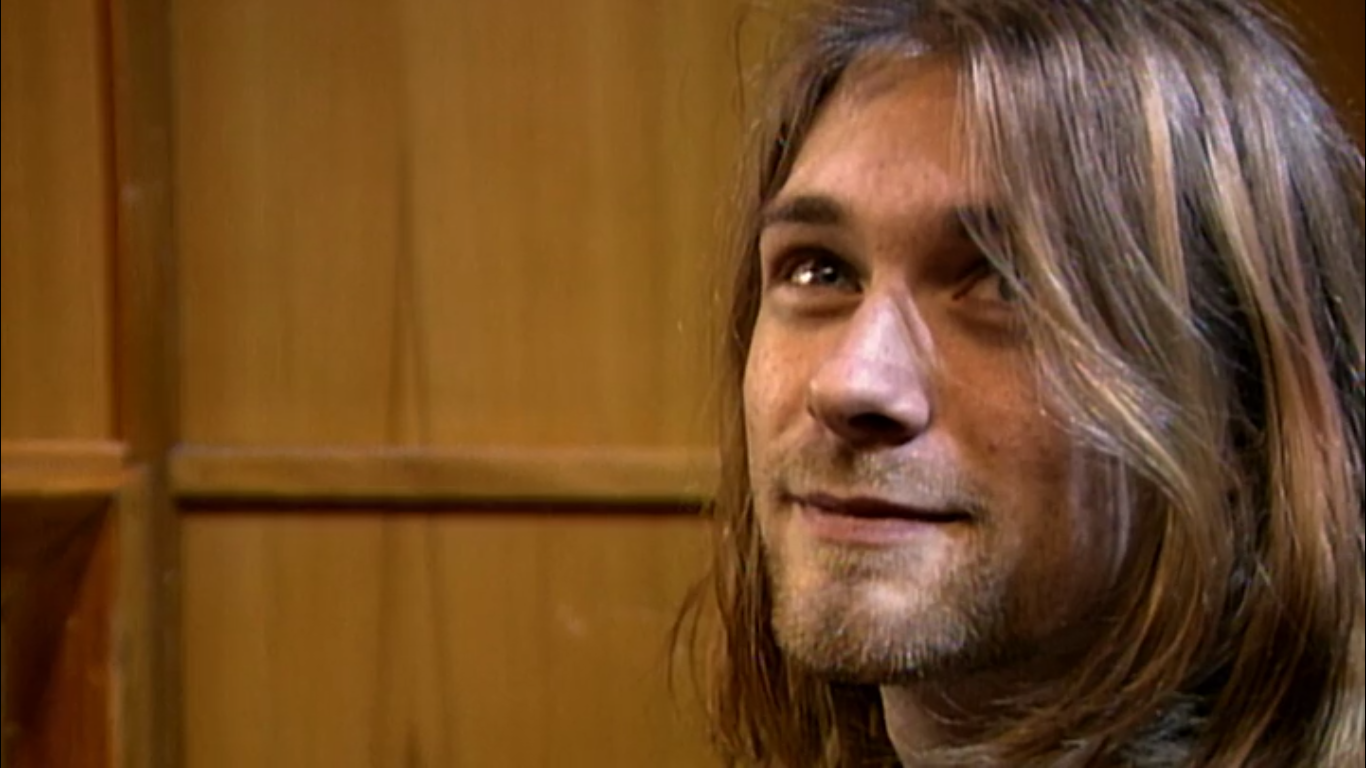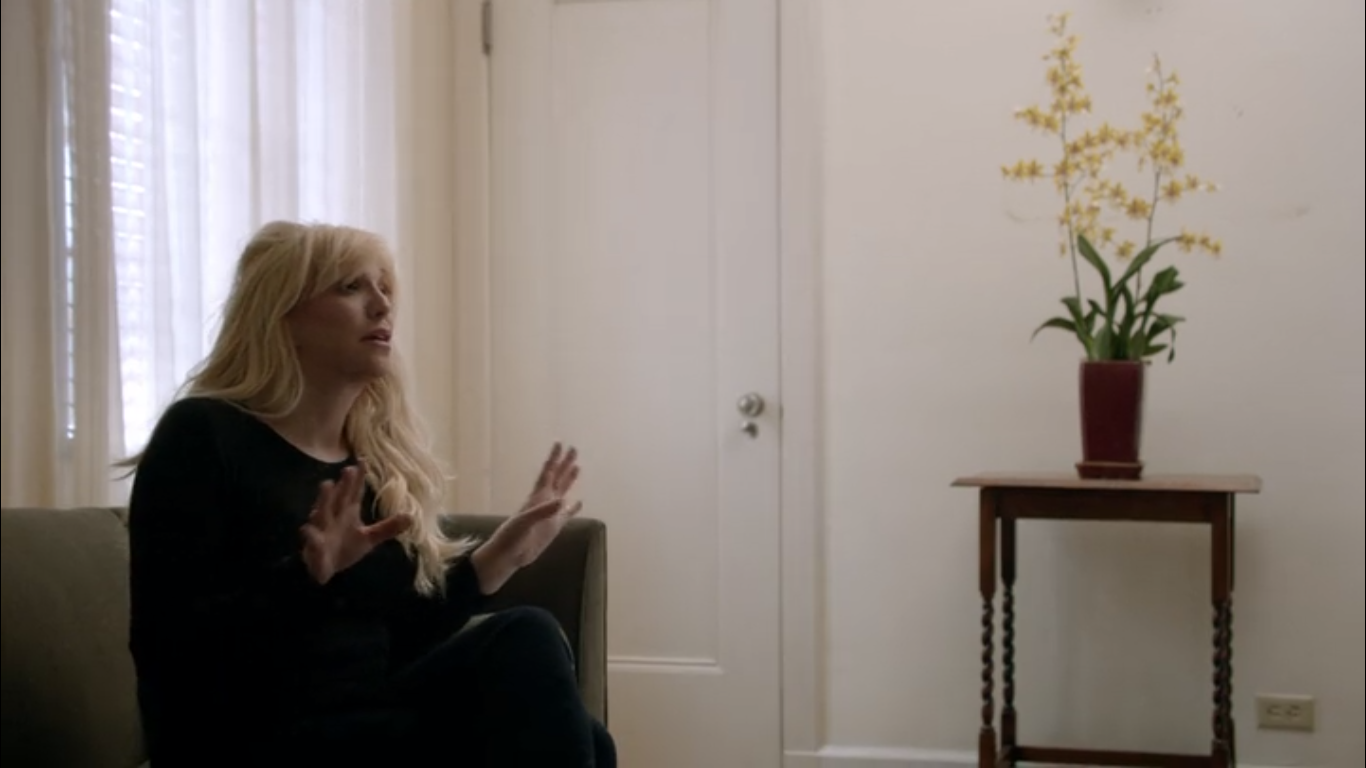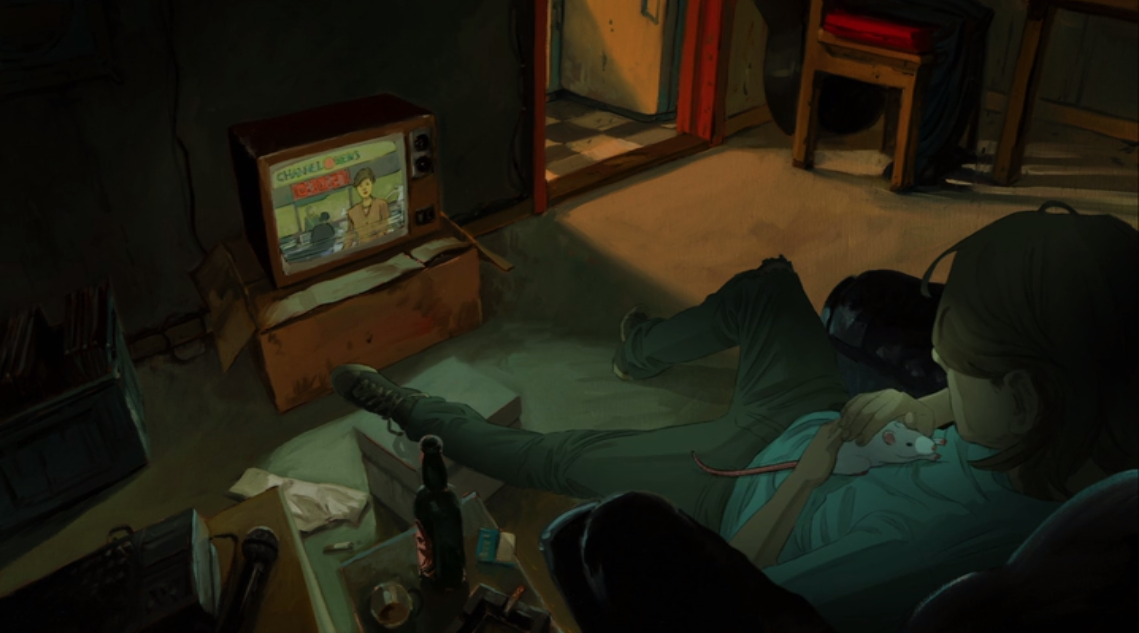Even though he died twenty-two years ago, Kurt Cobain’s is a name you’d be hard-pressed to forget.
After more than two decades spent adorning sepia-tinted posters in college bedrooms, the late singer-songwriter is arguably more famous now than ever. His songs are played over the credits of TV shows, his images tour art galleries, and his words are regularly drawn in serif font and placed over postcard images next to music store checkouts. Year by year, his hagiography becomes inescapable.
Like most of the celebrities branded with the dubious honours of the ’27 Club’, Cobain’s life has become the stuff of legend; his tenure as the front man of grunge pioneers Nirvana gradually enshrined as a cultural touchstone. His musical successes have seen him labelled as a counter-culture icon, and the circumstances of his tragic suicide in 1994 have elevated him to the status of the ‘voice of a generation’ without peer.

Cobain: Montage of Heck, a HBO documentary released in 2015 and supported by Cobain’s immediate family, tries to look beneath the ‘voice of a generation’ hyperbole. A grounded, archival study, the majority of the documentary is told through old Super 8 and home video footage in addition to animated renditions of his personal writings. As such, it largely avoids public discourse. By delving into the Cobain family’s personal archives, it tries to paint a clearer picture of the man behind the posters.
There’s something serendipitous about my decision to watch Cobain: Montage of Heck and Nick Cave’s 20,000 Days on Earth so close together. In many ways, they are the perfect counterpoint to each other. As I noted last month, 20,000 Days is a documentary that embraces singer Nick Cave’s public persona: it is an abstract tribute to Cave’s storytelling abilities, and the ways in which they have helped him shape new selves in the limelight. Montage of Heck, on the other hand, is a documentary that goes to great lengths to dispel its subject’s public persona; it’s a human, tangible approach to a man otherwise defined by his myth. In both cases, there’s a lot to admire.

Montage of Heck (titled after one of Cobain’s early, home-produced mixtapes) often feels uncomfortably intimate. There are snapshots of Cobain growing up, coming to terms with a burgeoning small-town isolation, playing with his daughter, and otherwise messing around with home-recording equipment. At times it feels like gate-crashing into the lives of an unknown family and peering into the laundry basket. Cobain is pictured as human above all else, not as the sum of his successes, nor of his demons, but merely living alongside them.
This approach wouldn’t have suited a figure like Nick Cave. Cave would probably be the first to admit that he’s too fond of storytelling to have allowed something so unflinchingly private and ‘real’ to be released; he enjoys the theatricality of his public persona, and has had a large part in creating it. Cobain, however, clearly struggled with his time spent under the spotlight, and it shows.
Montage of Heck displays a wide cross-section of Cobain’s life, including the beginnings of his musical career with Nirvana, with a particular attention to his uneasy relationship with the media. It shows us a man with a straightforward emotional sensibility, a man who journalized extensively, and who in doing so, effectively voiced his own autobiography day by day.
Whether flagellating himself for embarrassing teenage experiences or lashing out against the press’ coverage of his personal life, there’s something about the Cobain in Montage of Heck that seems wholly divorced from the man as enshrined in fold-outs on HMV. Cobain’s popular image is of a rebellious outsider born before his time, Montage of Heck readdresses him as an unwilling flag bearer for a media-constructed generation that he didn’t quite feel an affinity with.
The documentary spends a while reflecting on how quickly stardom fell upon Cobain, and the effect that it had on his personal life. In tour footage we see him alternate between hyperactive joy and drug-induced stupors, while in home video it shows us a vibrant, but tired, personality clearly disillusioned with the way his life story is being told. In parts it’s not so much a biography as a straightforward human interest story, something that reflects less on the legacy of Nirvana’s singer and more on the inherent interest of a private life lived in the spotlight.

Montage of Heck doesn’t entirely avoid Cobain’s posthumous cult of personality. As is to be expected with any after-the-fact coverage, the film’s occasional interviews with Cobain’s friends and family tend to perpetuate tired ideas of fate and deservedness, especially when approaching his earlier years. Furthermore there’s a tendency for the film’s ‘journal’ segments to linger on the poetic tragedy of his eventual death, often to an exploitative degree.
Cobain’s morose poetry, when spelled out visually, is cast in shadow and drowned in dirge, and any mentions of death or decay are subject to a slow zoom equivalent to a solemn shaking of the head. Any mention of suicide itself is highlighted with a wink and a nod, often seemingly suggesting some degree of causality where there likely was none, a trap that many Cobain conspiracy theorists fall into, and one that feels out place in such a grounded study.
Fortunately, the film offsets this through sheer volume of footage. As it turns out, Kurt Cobain wasn’t always brimming with angst and rebellion, and it shows in most of his home footage. Here Cobain is tender and goofy; jovial and irreverent, right up until the end, combating any overt dramatization in the editing. Those expecting a poetic story of the singer’s ‘unravelling’ or ‘downward spiral’ will leave disappointed: there’s no turning point when Cobain becomes beast nor legend, Montage of Heck is a prolonged exploration of a man coping with depression and various vices; grounded in the realization that beyond the extreme edges, life went on.

Perhaps this is why I’m so conflicted about the film’s animated narrative segments. Presented over audio recordings of Cobain himself, these sections are often hyper-stylised and play into the commonly accepted, overtly romanticized image of Cobain. There’s a particular emphasis on the grit and desolation of his home life, without paying attention to the more irreverent Cobain seen in his home recorded videos. A section in which Cobain has taped himself experimenting with different forms of recording and playback is animated as taking place under overcast skies in a darkened apartment, whereas the audio of the scene, taken on its own merit, actually suggests a playful Cobain in a more homely and warm setting.
These segments are difficult to reconcile with the documentary as a whole. On the one hand, they are beautifully animated, and contrast well with the film’s long stretches of home video clips, highlighting the difference between the man as-was and the way in which we have come to interpret him. On the other however, they could equally be seen as lazy, half-baked visual filler for a film which otherwise goes a considerable distance towards rationalising Cobain’s ongoing media circus. Not all of Cobain’s life was spent looking moody under darkened skies, and these segments only highlight that fact, albeit clumsily.

Most of Montage of Heck’s shortfalls seem to stem from its length. Clocking in at two hours and twenty-five minutes, there’s a lot that could have been left out. Many of the film’s never-before-seen clips are, for all intents and purposes, worthless, and at times it seems like the film’s innate voyeurism goes too far for the sake of idol-worship, presenting clips that hold no interest bar the fact that they depict mundane moments in a dead celebrity’s life.
When it comes to dispelling hagiography, though, perhaps there’s nothing wrong with being thorough. In this regard, the film achieves its primary goal: with his home video collection practically exhausted, it seems like the only thing that could humanize Cobain any further is a time machine.
Ultimately, Montage of Heck is a robust and interesting archival source, one that, with the assistance of Cobain himself and a few cover artists, is held together by a great soundtrack and some intelligent, thoughtful editing. The film’s close, set to Cobain’s cover of Ledbelly’s ‘Where Did You Sleep Last Night’, is genuinely harrowing, and like many moments throughout unashamedly heart-wrenching.
It’s moments like these when Montage of Heck works to the strengths of its subject. Whereas Nick Cave’s 20,000 Days on Earth celebrates the potential that stardom offers for transgression and resurrection, Montage of Heck warns of its inverse alienating effects. Where it shines is when it plays into the genuine interest offered by Cobain’s life under the microscope, rather than the tired myth offered by his band.
4/5



















Pingback: An Update (Youtube and Beyond!) | Snacked Up